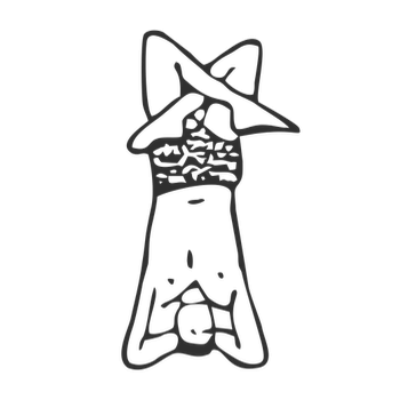Introduction
According to yogic tradition, the consciousness can be divided into four aspects: manas (mind), ahankara (I’ness), buddhi (intellect), and chitta (cosmic intelligence). Mind is expressed through our thoughts, our reflections, our associations. The mind is always busy with details and connections. The mind, like a monkey, jumps from object to object.
Geeta Iyengar says that the mind sees only in terms of pleasure and pain, good and bad, right or wrong. The mind summarises. We can view this aspect of the mind as the surface of the ocean. But there are more layers. Just like in an ocean, the surface is turbulent. The lower we drop below the surface, the calmer the waters become. As you settle down and prepare for practice, the turbulence of the mind becomes especially apparent. Focus on the quality of your thoughts: what jumps to the surface?
Ahankara is about seeing the world through the lens of yourself. This is connected to the concept of manas: an action will provoke a thought, a judgment. We will internally voice our opinion as to how an action made us feel, and these arising thoughts will influence our further actions, maybe even prevent us from immersing ourselves fully in the practice.
When practicing this sequence, try to keep all this in mind. This way, you can begin to explore ways of working with your consciousness to enhance your yoga experience, turning it from a purely physical into a spiritual exercise. Remember: the goal isn’t to eradicate the mind, but to be able to quieten it, to bring it back into the present moment.
View sequence

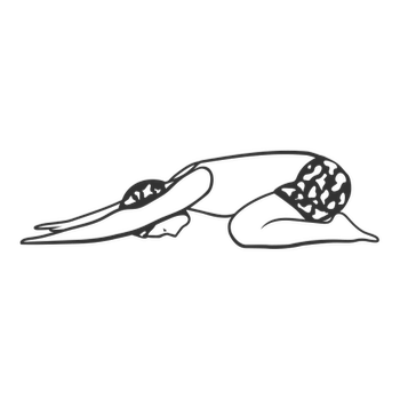
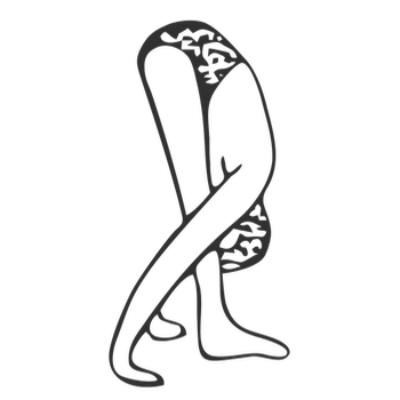
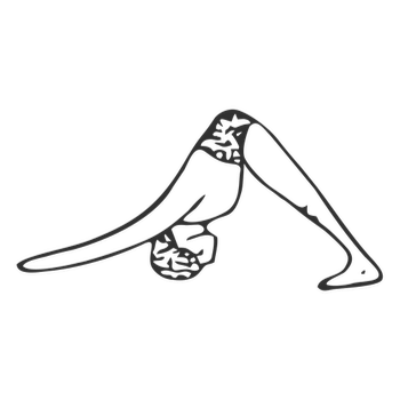
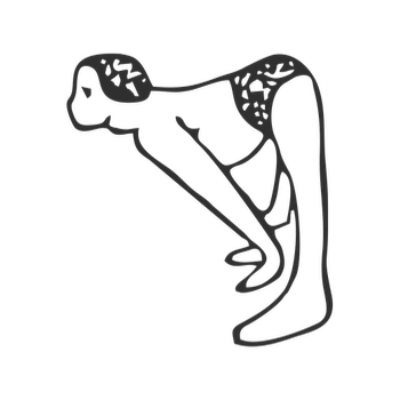
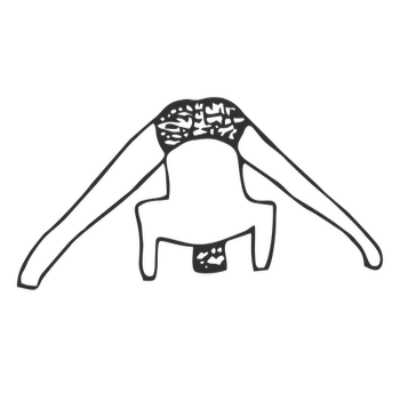

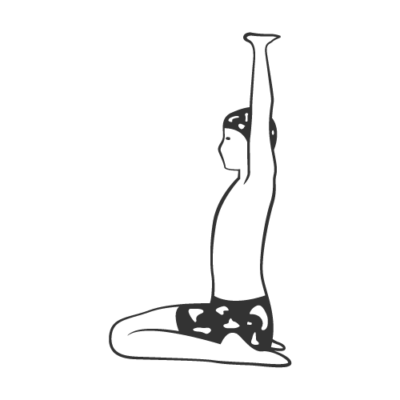
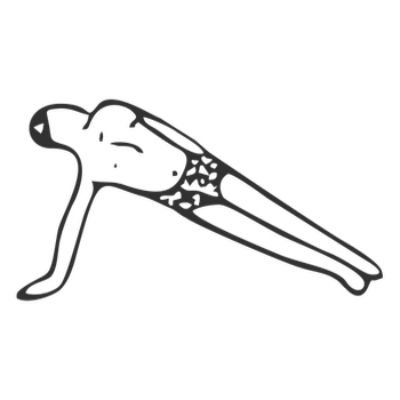




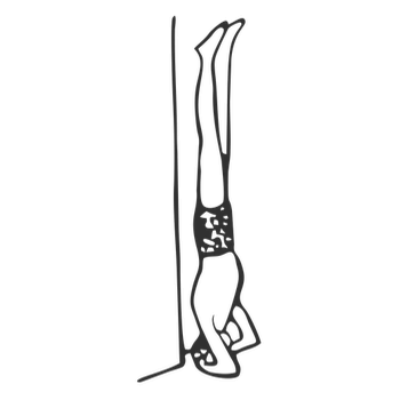
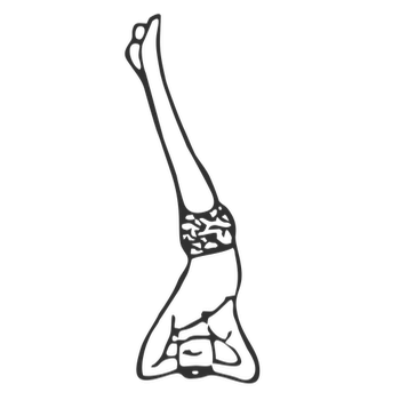

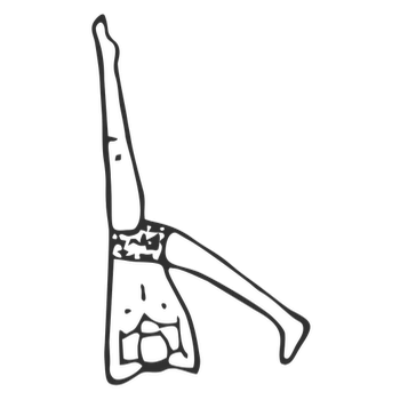



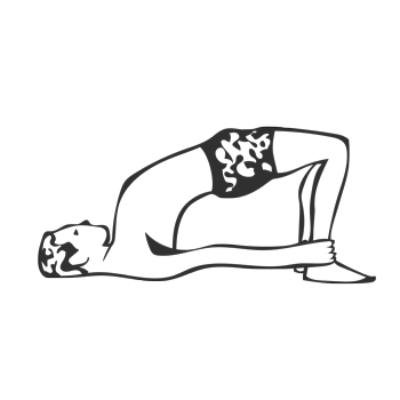
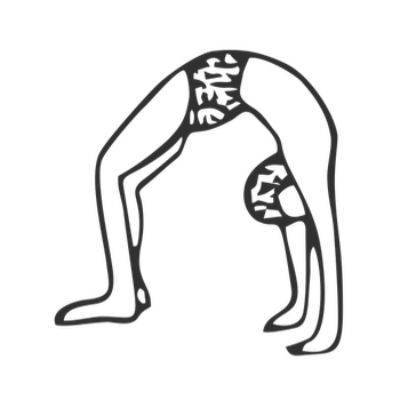
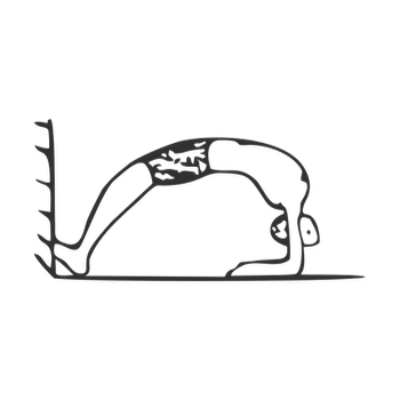

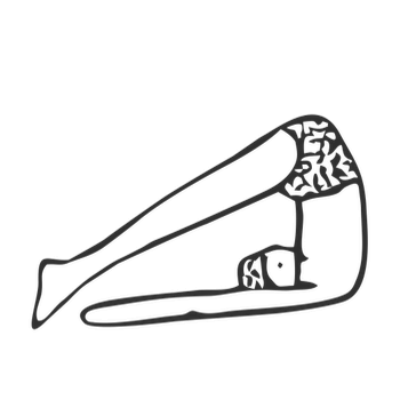
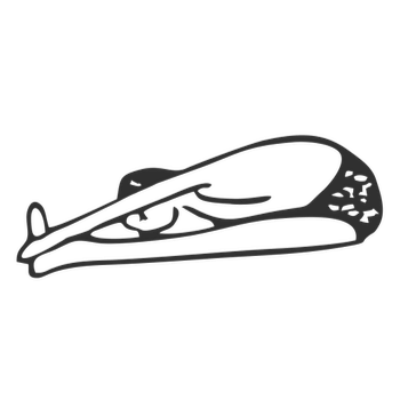
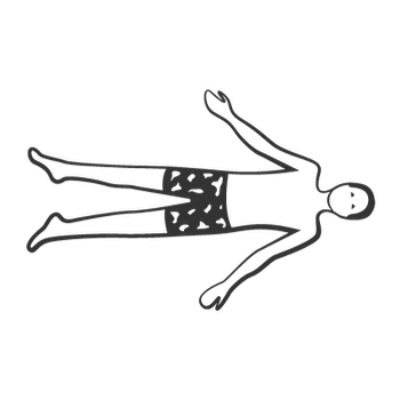
Share
Save PDF and print
You are welcome to download the PDF of the sequence and print and distribute it freely. You may have to wait up to 30 seconds for the PDF to generate. Please credit the teacher who created it. All illustrations from Dona Holleman’s ‘Yoga Darśana’, RIMYI Institute texts and Yoga Vastu illustrators for original asana drawings.
